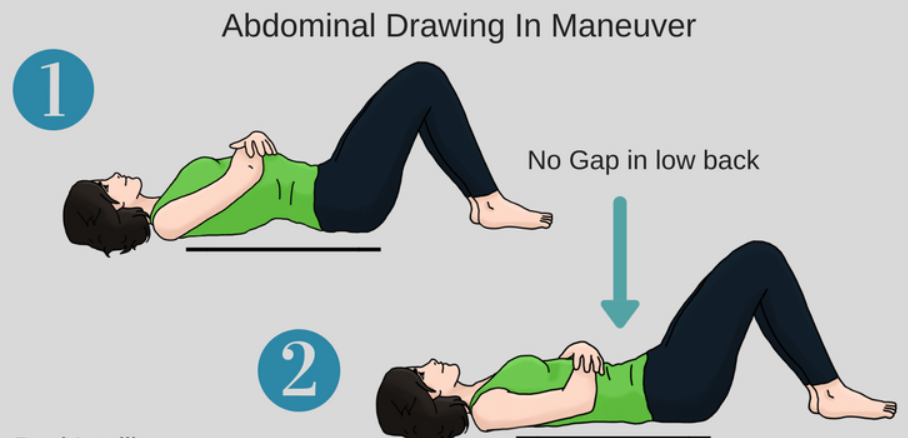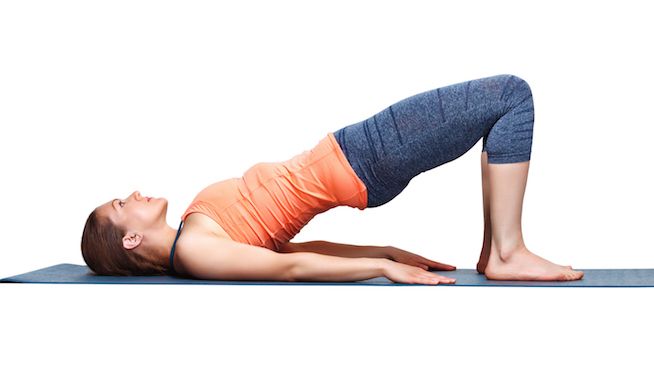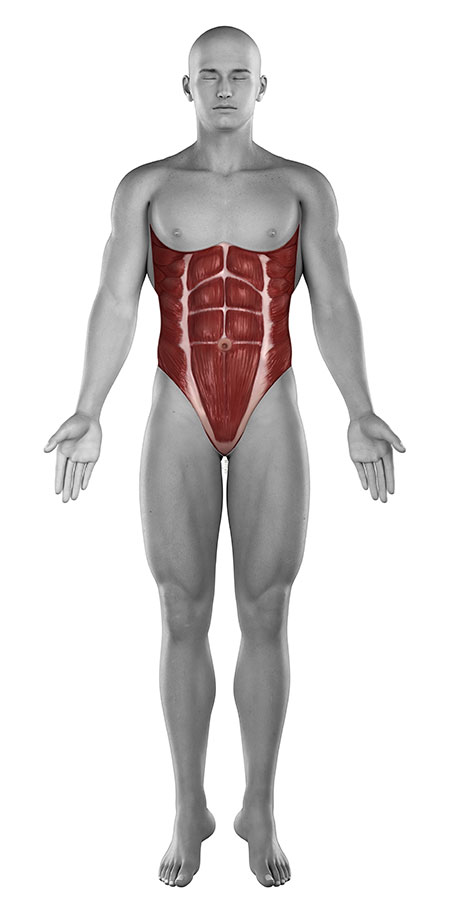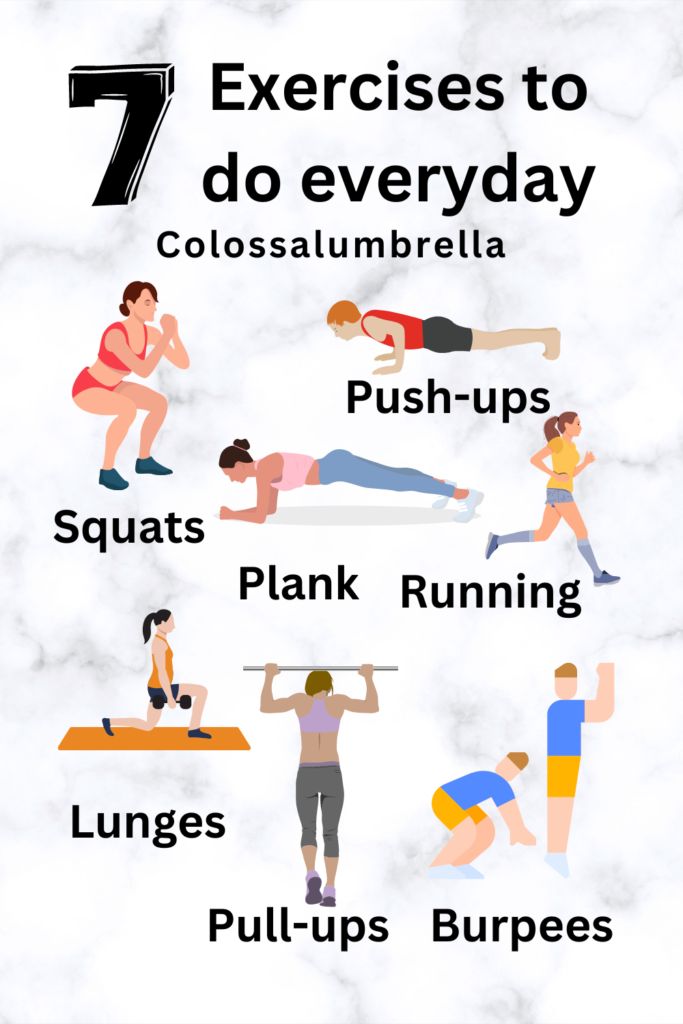Abdominal Muscle Strain
Table of Contents
What is an Abdominal muscle strain?
An abdominal muscle strain occurs due to a tear or overly stretch muscles of the abdomen. An abdominal muscl strain and pulled stomach are the same.
Abdominal muscles:
The abdominal muscles are part of the musculoskeletal system. These muscles on the front of the body, between the pelvis and ribs, support the trunk, hold organs in place and help you move.
Your abdominal muscles and back muscles are core muscles that support and stabilize the spine. They work together to help you to sit, stand, walk, exercise, and more.
Several groups of muscles make the abdominal muscles:
Internal abdominal Oblique muscles and External abdominal Oblique muscles contraction help to rotate your trunk left and right.
Rectus abdominus muscles you can visibly see in “six-pack abs.” They allow movement between the rib-cage and pelvis.
Transversus abdominus muscles are the deepest abdominal muscles. They help to stabilize the trunk and protect organs.
Causes of Abdominal Muscles Strain:
- Abdominal muscle strain most commonly occurs due to overuse injury.
- Repetitive movements, most commonly in sports or other physical activity, cause the abdominal muscle to stretch or tear.
- Accidents such as falls down or wreck of the motor vehicle
- Chronic coughing or sneezing.
- not warming up properly before doing exercise or strenuous activity
- using the incorrect techniques during exercise
- incorrect lifting of heavy objects
- Poor form when playing sports
- Sudden twisting
Symptoms of Abdominal Muscles Strain:
- Pain in Abdomen
- You can experience this pain during Coughing, sneezing or laughing, Sprinting, or doing vigorous exercise.
- Getting up after a prolonged time of sitting or after inactivity.
- Bruising
- Muscle spasms, stiff muscles, or muscle pain
- Swelling
- Soreness or tenderness
- Pain or discomfort when touching the abdomen
Investigation:
- Ultrasonography
- X-ray: X-ray is used to diagnose Fracture, space reduction between two vertebrae, Osteoarthritis, Osteoporosis
- Magnetic resonance imaging (MRI): Magnetic resonance imaging (MRI)is used to diagnose nerve compression, Spinal stenosis
Treatment of Abdominal Muscles Strain:
Abdominal muscle strains can get better after a rest of some time.
These steps can help:
The alternate application between the ice pack and warm compresses to the affected area helps to decrease pain.
Take nonsteroidal anti-inflammatory drugs (NSAIDs) to decrease pain and inflammation.
Wear an abdominal brace to support the abdominal muscles and reduce swelling.
Physiotherapy Treatment:
How to treat an abdominal strain
You can usually treat abdominal muscle strain(tear) at home. Most mild strains may heal within a few weeks. Here are some treatment options that will help ensure a rapid recovery.
Cold therapy :
Application of the cold therapy as soon as possible can help to relieve bleeding, pain, and swelling. Cold therapy may help to decrease inflammation.
Application:
Get an ice pack, gel pack, or bag of frozen vegetables that you can use to apply to the affected area.
Wrap a cloth or towel around the ice pack(Cold pack). This will help to protect your skin and reduce your risk of added irritation.
Gently apply the cold pack to your injured area for 10 to 15 minutes at a time.
You may repeat this process each hour during the first few days of your injury.
Heat therapy:
Using heat therapy can help relax your muscles and relieve tension, which helps to reduce pain. Heat therapy helps to increase blood flow to the affected area. This can promote healing and decreased inflammation.
Application:
Get a heating pad or patch.
If you don’t have a ready-made compression, you can fill a clean sock with rice and tie it off. for 1 to 2 minutes Microwave the sock. Make sure that isn’t uncomfortably hot to the touch.
Apply the warm compress to the affected area for 15 to 20 minutes at a time.
You can repeat this application every hour for the first few days of your injury.
Compression
You can consider wearing an abdominal binder or bandage to help compress your abdominals. The applied pressure can help to minimize movement and swelling.
Talk to your doctor about how long and how tight you should wear the binder or bandage to resolve your symptoms. You should choose a binder made of hypoallergenic material to avoid any allergic reaction.
Rest
Rest as much as you can and avoid any activities that can cause you stress or strain. This is important especially if you have an athletic injury.
Try to find a comfortable way to sit or lie down, and use this time to do something relaxing. Take it easy until your pain is relieved completely. This may take a few weeks.
Electrotherapy Modalities
Electrotherapy Modalities helps to relieve pain, muscle spasm with Abdominal muscle strain.
Transcutaneous electrical nerve stimulation (TENS):
Transcutaneous electrical nerve stimulation (TENS) provides symptomatic relief by modifying pain perception by the use of electrical impulses over surface electrodes.
Ultrasound therapy:
Ultrasound therapy is a deep heating sound wave modality that helps speed the rate of healing & enhances the quality of the repair.
Strengthening Exercise of Abdominal muscles:
Abdominal drawing-in maneuver:
Asked the patient to Lie down on their back with both knees bent and feet flat on the floor. Then try to pull their belly button in towards your back. asked the patient to hold this position for 10 to 15 seconds and then relax. Repeat 5 to 10 times.

Bridging:
Asked the patient to rest their hand at their sides, bend their knees, and place their feet flat on the floor, beneath their knees.
Instruct the patient to tighten their abdominal and buttock muscles by pushing their lower back to the ground.
then Raise your hips upward to create a straight line from your knees to your shoulders.
Squeeze your core muscles and pull your belly button back toward your back.
Hold for 20 to 30 seconds.

Abdominal Crunches for Your Abdominal Muscles:
Abdominal crunches are a very good way for strengthening your core muscles without placing too much stress on your lower back and spine.
Lie on your back
Bend your knees to a comfortable position
Lock your fingers behind your head, you can also cross your arms in front of your chest
Curl your head, shoulders, and upper back up the ground
Keep your lower back in the contact with the floor; you should rise up only a few inches
Breathe out as you rise
Hold this position for three seconds
Slowly return to starting position
Repeat 10 more times
If you feel any type of pain in your back while you are performing the crunch, you must stop and check-in with your healthcare provider or physiotherapist.

Plank:
In the plank exercise, face down with your forearms and toes on the floor.
Engage your abdominal muscles, drawing your belly button down toward your back
Hold this position for 10 seconds.

Stretching Exercise:
Cobra Pose:
In starting position lay your face down on the floor or on an exercise mat.
your hips should be flat on the ground and push your upper body upward while looking straight ahead. This is the stretch of the muscles of the abdomen.
You can hold this position for 15 to 20 seconds, then return to the starting position.
Repeat 3 to 4 times.

Cat-Cow Stretch
The cat-Cow stretch helps to improve mobility and flexibility of the abdominal muscles. It also helps to stretch and strengthen your lower back muscles.
Get on your both hands and knees, and tuck your head down as you arch your back, same as how a cat does it.
Extend the neck all the way upwards, and then drop your belly all the way downwards, stretching the muscles of the abdomen.
You can hold this position for 15 to 20 seconds, then return to the starting position.
Repeat 3 to 4 times.

How to prevent Abdominal muscles strain?
- Giving your abdominal muscles a rest from certain activities can decrease your chances of muscle strain. You can also:
- You can Ask for help when lifting heavy objects.
- Do Pilates, yoga, or other types of exercises to regularly stretch the abdominal muscles.
- Strengthen abdominal muscles by doing planks and other exercises that work on core muscles.
- Warm-up your abdominal muscles before vigorous physical activity, and do cool-down exercises afterward.






